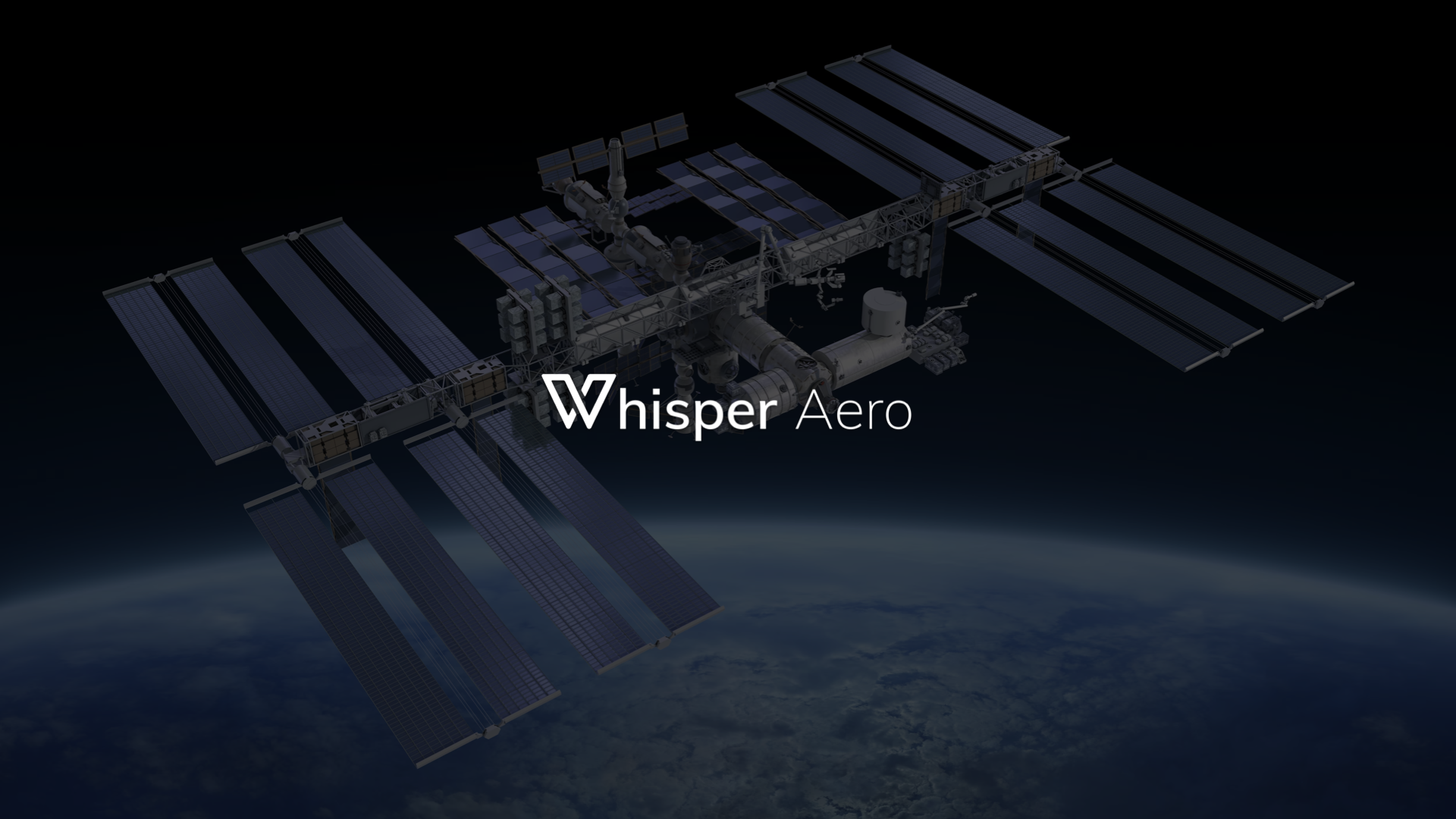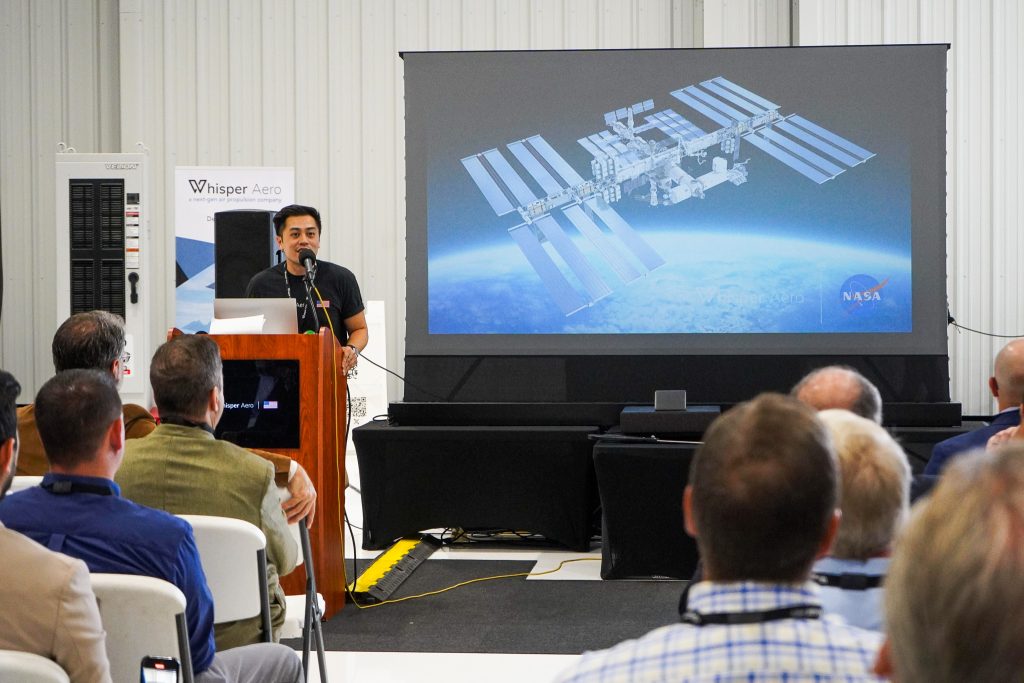
Whisper Aero secures partnership with NASA to design ultra-quiet, efficient fans for spacecraft
The selection of Whisper Aero for this program is a testament to the start-up’s progress in delivering cleaner, quieter, more efficient thrust across a variety of applications.
Whisper Aero has been awarded a Small Business Innovation Research (SBIR) grant by NASA to design quiet and efficient fans for spacecraft cabin ventilation. This comes on the heels of the Crossville-based start-up’s grand opening for its new $1.2 million flight test center at the Crossville Memorial Airport a little more than a month ago.
During this six-month Phase I effort, Whisper will be working closely with NASA engineers to design the quietest fan suitable for crewed space environments in preparation for follow-on prototyping and testing efforts.
This innovative project is so vital to crewed spacecraft because there is a long history of noise interfering with day-to-day operations in space. Ventilation fans are so noisy that in the Apollo Command Module (CM), the crew would turn off the CM cabin fan once in orbit and use the backup suit-loop fan for ventilation because noise from the cabin fan interfered with communications.
NASA Engineers attempted to solve the issue. On the Space Shuttle, the ventilation system underwent a significant redesign, including the addition of ventilation system mufflers, yet the noise was still too loud for proper communication. Current cabin ventilation fans have sound power levels of 80 dB, which is uncomfortably high.
NASA awarded funding to Whisper Aero to help solve this issue. According to the Crossville-based company, its goal is to maximize fan efficiency and operational life while minimizing noise, weight, and size over the baseline Spacecraft Cabin Ventilation Fan. According to the press release, the joint team has a goal of achieving 75 percent efficiency with a 61 dB Overall Sound Pressure Level, from 2 feet away.
“Whisper is now designing the quietest, most efficient fans on Earth and in space,” said Whisper Aero’s Chief Operations Officer (COO), Ian Villa. “This program will further cement Whisper as the definitive next-generation propulsion provider of choice and accelerate Whisper’s commercialization flywheel.”

These fans would enable future astronauts to work together more comfortably in an environment more typical for normal conversations (30 – 60 dB).
The selection of Whisper Aero for this program is a testament to the start-up’s progress in delivering cleaner, quieter, more efficient thrust across a variety of applications.
Whisper Aero’s Chief Engineer, Devon Jedamski shared the company’s excitement over the new contract.
“We’re well suited and excited to meet the stressing acoustic and reliability requirements for NASA. Our investment in a mixed-fidelity and multi-disciplinary design framework, anchored in significant test data from similar developments, has prepared us to quickly produce a bespoke solution for the needs of current and future NASA habitats,” he said.
According to Whisper, the start-up is also leveraging its prior experiences with NASA and the US Department of Defense (DoD) to ensure its designs meet stringent quality and performance standards on budget and on time.
Various members of the team like Whisper Aero’s Chief Executive Officer (CEO), Mark Moore, have spent decades at NASA delivering earlier low-noise propulsion innovations.
If successful in this Phase 1 effort, Whisper would be prepared to test a prototype of its designs in a follow-on effort in 2025 to validate the low noise and high-efficiency benefits of its core technology in a space fan. Successful results from these tests would allow the team to assess the commercial viability of NASA’s future programs as well as emerging commercial spacecraft.
Like what you've read?
Forward to a friend!

